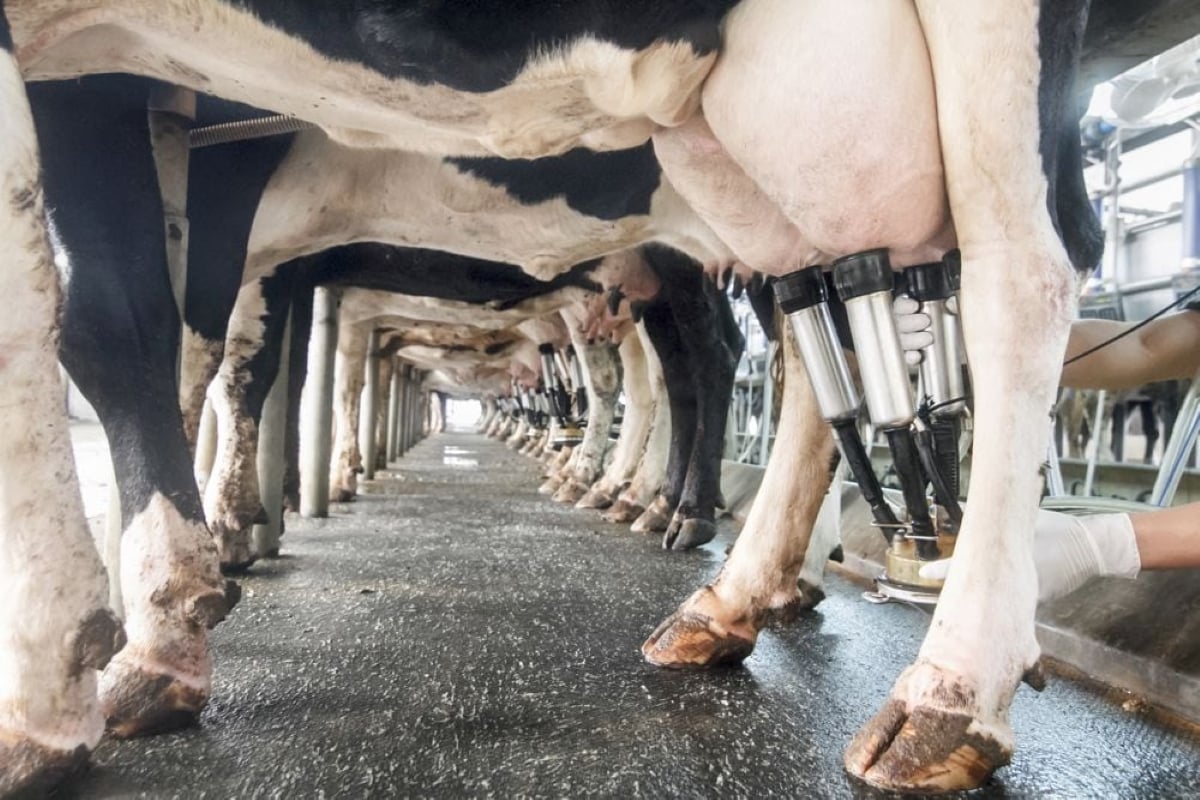A Saskatoon landmark is getting a facelift for its 100th birthday.
The former AgPro grain terminal on 11th Street — now owned by Viterra — is slated for a new paint job and exterior signage, said Viterra president Kyle Jeworski.
The cost of the paint job, including prep-work, is expected to run as high $4 million. Work is expected to start in 2015.
Jeworski spoke about the project during a June 11 ceremony commemorating the construction of the terminal 100 years ago.
Originally known as the Government Interior Storage Elevator, Viterra’s Saskatoon terminal was built in 1914 and was designed to hold roughly 3.5 million bushels of grain.
Read Also

Farm gate milk price to rise in 2026
The Canadian Dairy Commission will raise its farm gate milk price by 2.3255 per cent in February, the Crown corporation announced on Friday.
A major expansion in the 1930s pushed storage capacity to 5.5 million bushels, or roughly 157,000 tonnes.
The terminal remains the largest inland grain handling facility in Western Canada.
Extensive upgrades to legs, dust control systems, and receiving and load-out systems have also improved efficiencies.
Shaun Stevenson, facility operations manager at the Saskatoon terminal, said the facility is as efficient as any modern concrete terminal in Western Canada, only larger.
The terminal was originally constructed by the federal government at a cost of $1.65 million and was opened in October 1914.
The expansion project in the early 1930s had a price tag of roughly $2 million.
The cost to build a comparable facility today would be close to $70 million.
Stevenson said the facility has three receiving lines and the ability to simultaneously load three rail cars.
By current standards, the Saskatoon terminal is extremely large, nearly five times that of many modern concretes being built today.
Storage capacity is equivalent to that of a small export terminal.
That storage gives the facility more flexibility to handle larger volumes and a bigger assortment of crops, even when rail car availability is an issue.
The terminal normally draws grain from a 100 kilometre radius around Saskatoon, Stevenson said.














